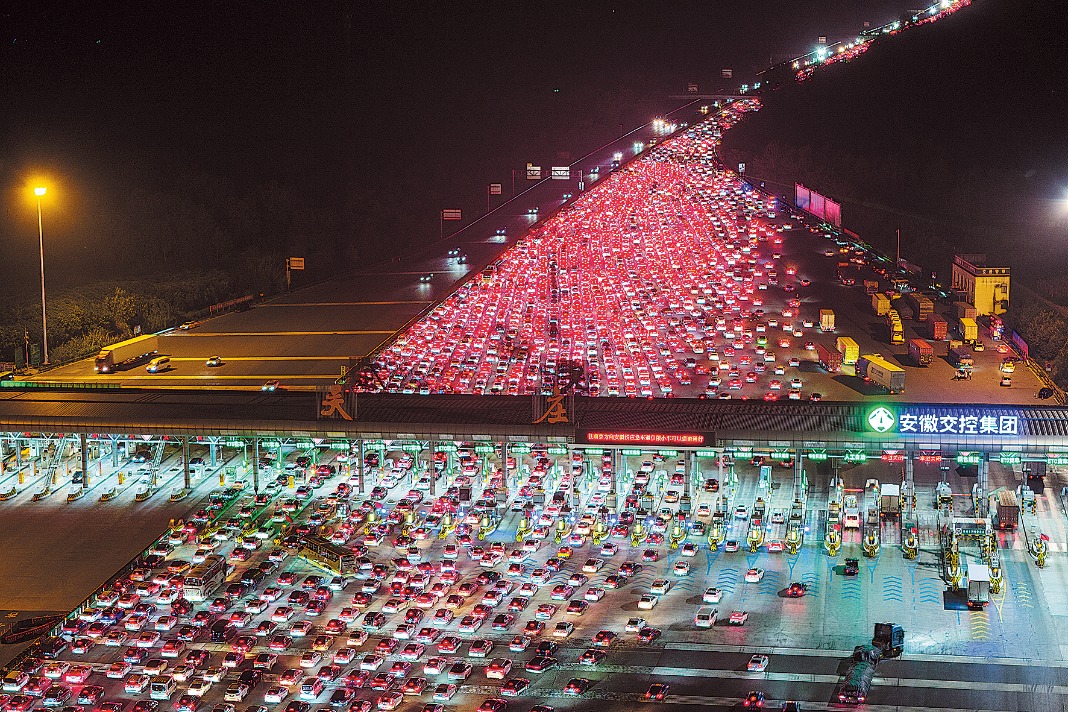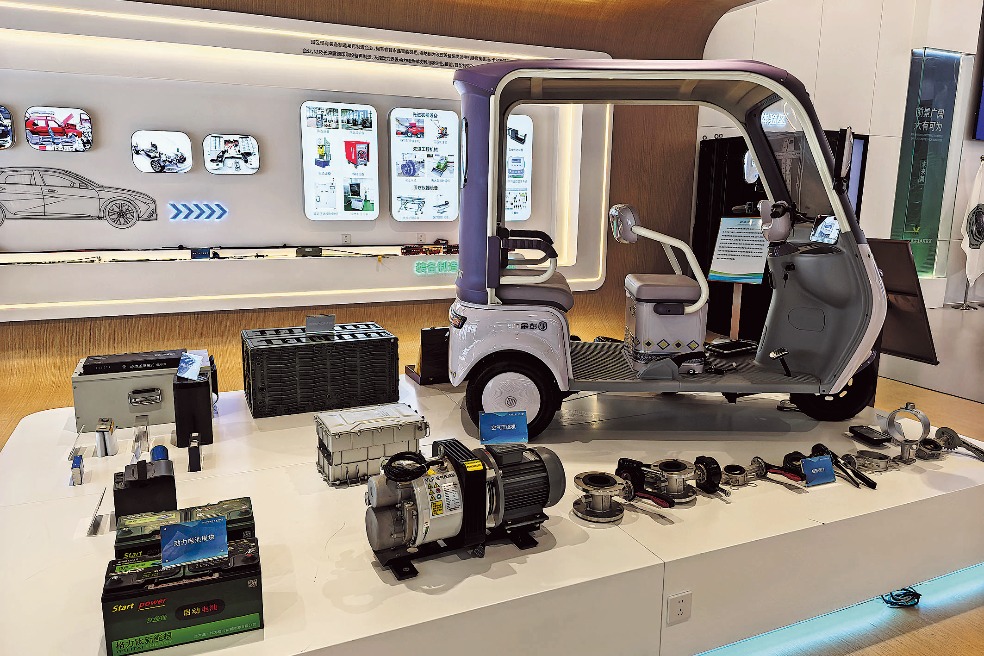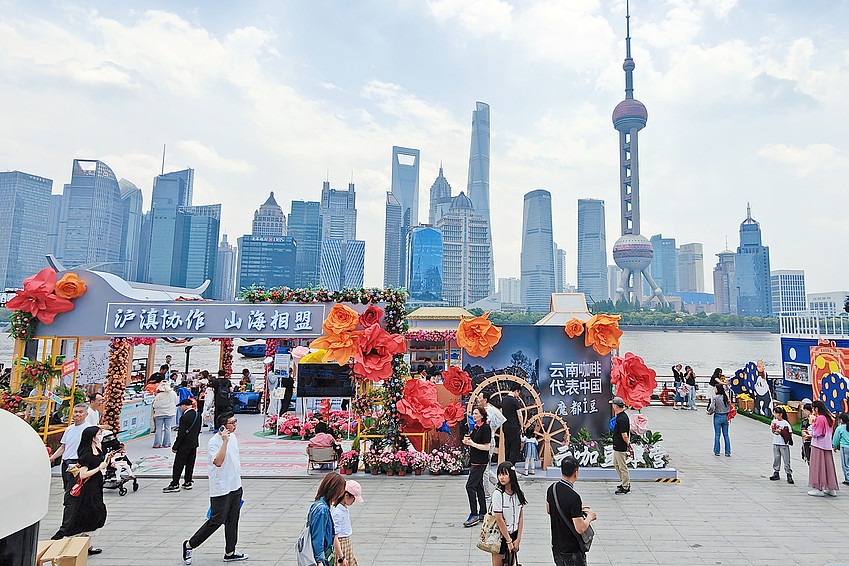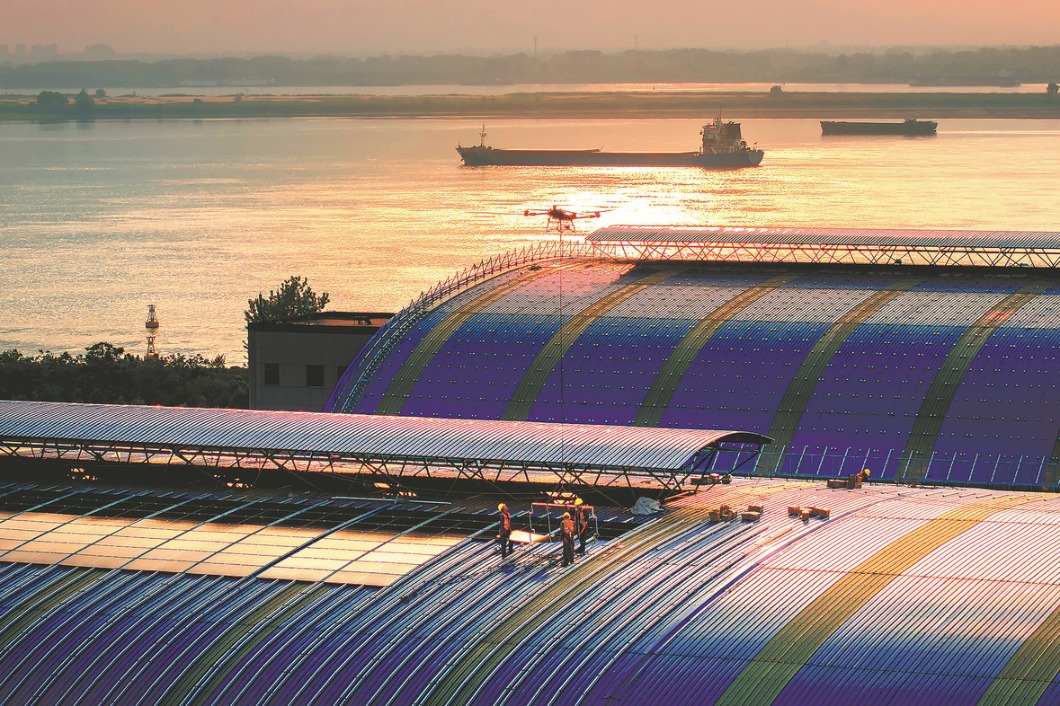High-quality development helps counter external uncertainties

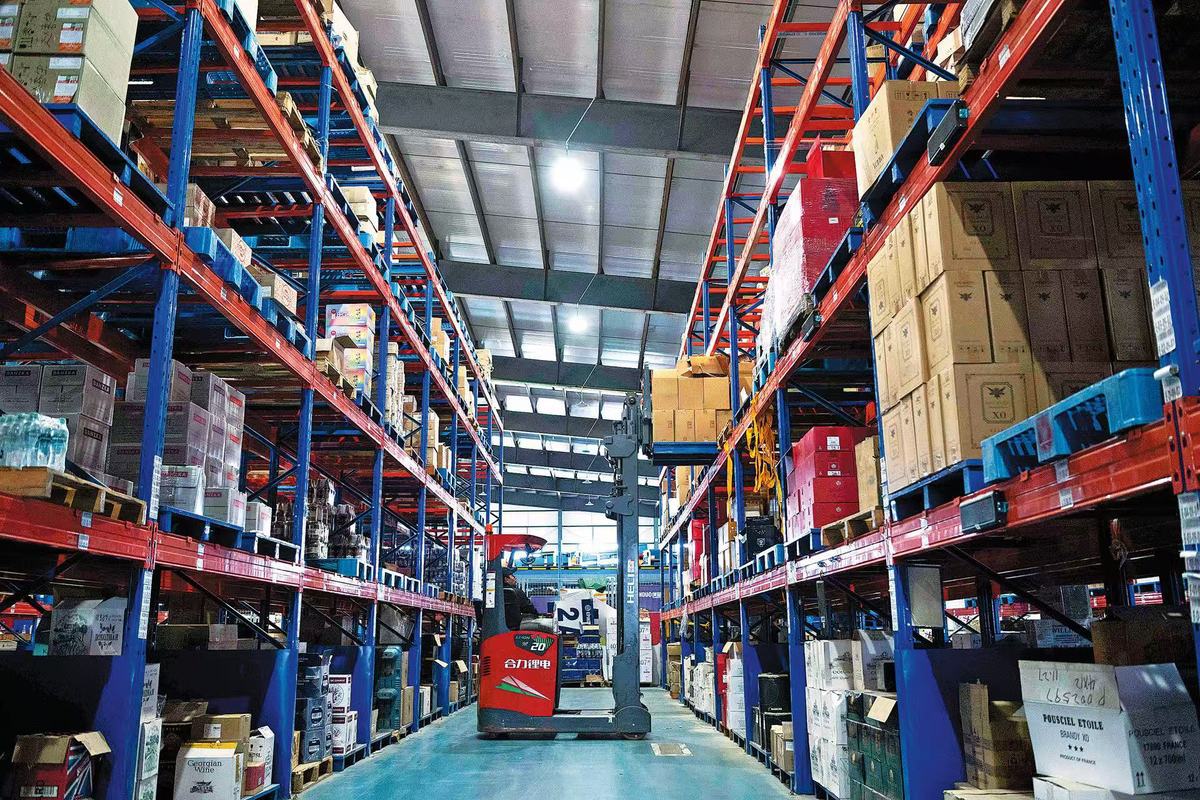
Despite mounting global trade uncertainties, China's foreign trade has demonstrated remarkable resilience, with exports posting stronger-than-expected growth in April. The latest customs data show that China's goods trade expanded by 2.4 percent year-on-year in the first four months of 2025, with exports surging 7.5 percent.
The outstanding performance came despite the escalating tariffs imposed on Chinese imports by the United States, which had threatened to dampen China's trade outlook. In April alone, exports rose by an impressive 9.3 percent, defying market expectations and underscoring the effectiveness of China's diversified trade strategy. Notably, exports to the Association of Southeast Asian Nations and the European Union, China's top two trading partners, grew by 12.6 percent and 6.1 percent, respectively, offsetting the decline in US-bound exports, which edged down 1.5 percent year-on-year.
The resilience of China's export sector can be attributed to several factors. The first is the market diversification. While US tariffs banked on bilateral trade, China's deepening ties with ASEAN, the European Union and Belt and Road partners helped sustain growth. Trade with ASEAN alone jumped 9.2 percent in the first four months.
The second is high-tech and green exports. Shipments of high-tech products, including semiconductors, industrial robots and new energy vehicles, remained strong.
The third is private sector vitality. Private enterprises, which account for 56.9 percent of total trade, have been the backbone of China's export resilience, with their shipments growing 6.8 percent year-on-year.
The recent breakthrough in China-US trade talks has further brightened the outlook. A significant reduction in tariffs on both sides provides much-needed relief for businesses in the two countries. In fact, the National Financial Regulatory Administration has announced a range of initiatives to support enterprises severely affected by the US tariffs, including strengthening financial relief and boosting export stability.
This deal is particularly crucial for China's semiconductor and electronics sectors, which had faced steep US levies. With tariffs on key tech products now eased, Chinese manufacturers can regain some cost advantages, while US companies benefit from lower input prices. However, experts caution that the truce remains fragile and long-term stability will depend on further negotiations, the possibility of loosening technology export controls, and how domestic semiconductor companies can optimize supply chain layouts while mitigating risks.
Looking ahead, China's ability to maintain its trade resilience will hinge on continued policy agility and industrial transformation. The government has already rolled out measures to support exporters through tax rebates, financial aid and enhanced cross-border e-commerce infrastructure. Meanwhile, the rapid expansion of China's green and digital economies, evidenced by booming sales of new energy vehicles and high-tech exports, offers new growth avenues.
Data released by the China Association of Automobile Manufacturers on Monday show that the country's automobile production and sales have historically surpassed 10 million units in the first four months of this year. China shipped 1.937 million vehicles from January to April, up 6 percent year-on-year. Of these, NEV exports reached 642,000 units, surging by 52.6 percent year-on-year.
Scientific macro-regulation and effective governance are the very foundations of China's confidence in tackling various risks and challenges. When the "visible hand" of government synergizes with the "invisible hand" of the market, China creates new possibilities for high-quality development.
By leveraging the strategic guidance of national development plans, improving policy coordination mechanisms, and enhancing the foresight, precision, and effectiveness of macro-control measures, the country can achieve dynamic equilibrium across multiple objectives. This demonstrates China's full capability to counter external uncertainties with the certainty of high-quality development.



















